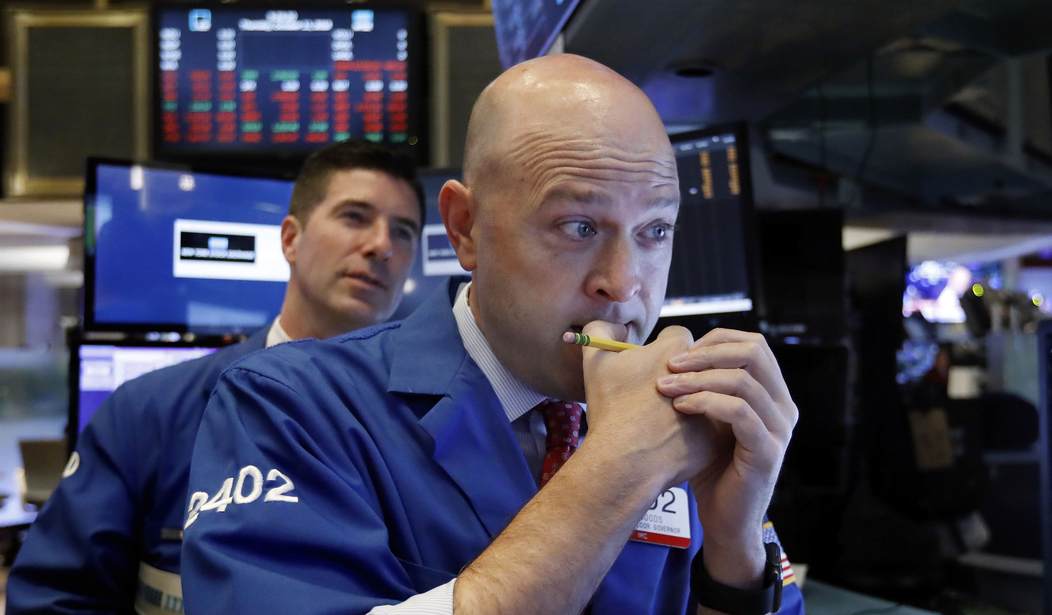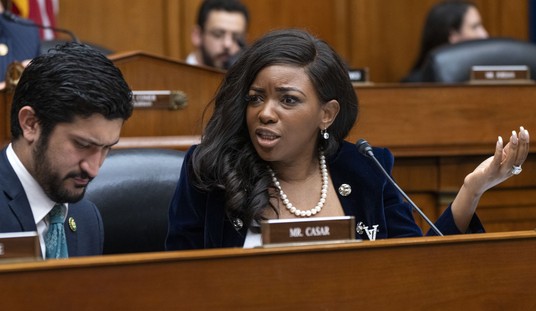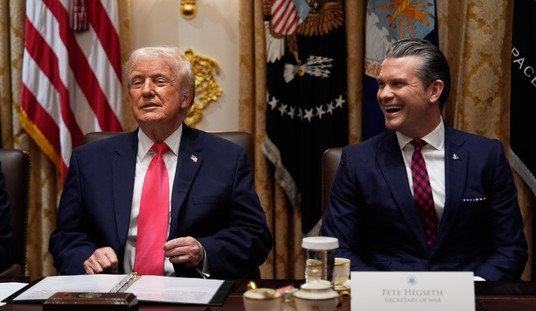A key recession indicator in the bond market began flashing red on Monday morning as the yield on five-year Treasury notes increased to 2.64%, which was higher than the yield on 30-year notes, which dropped to 2.60%. This “inversion” happened for the first time since 2006.
The two notes remained flattened as of Monday afternoon, with the five-year yield sitting at 2.55% and the 30-year at 2.57%. And other key indicators — including the spread between the two-year and ten-year yield — remained positive through Monday.
Yield curve inversions show that investors have little faith in growth in the future. But with other indicators in flux, most investors see the inversion as signaling a possible recession in the near future.
“Markets are fixated on the U.S. Treasury yield curve, as it is considered an excellent gauge of the economy,” said Anu Gaggar, global investment strategist for Commonwealth Financial Network. “If the economy is healthy and growing, longer-term Treasury rates should be higher than shorter-term rates. When the reverse happens, concerns start to mount about the future state of the economy.”
The flattening yield curves come after the Federal Reserve announced it would raise its interest rate target by a quarter of a percentage point, the first rate hike since 2018. Fed Chairman Jerome Powell has also signaled the central bank might be more aggressive in hiking rates at its forthcoming meetings in response to the country’s breakneck inflation.
Not everyone is convinced a recession is on the way. But is the Fed raising interest rates too quickly? Are they being too aggressive in trying to fight inflation?
“With the Fed set to hike into restrictive territory, the curve will invert,” said Seth Carpenter, chief global economist at Morgan Stanley, according to CNBC. “As has always been the case in the past, markets will debate whether an inversion presages a recession. A policy mistake that causes a recession is clearly possible, but our baseline is that an inversion without a recession is more likely.”
Most investors now foresee a half-point hike in May, with the likelihood of the more aggressive rate hike occurring pegged at more than 74%, according to CME Group’s FedWatch tool, which calculates the probability using Fed fund futures contract prices.
Monday’s yield curve inversion raises the fear that Fed is jacking up interest rates too quickly as it tries to curb inflation.
The Fed defines a “recession” as the U.S. seeing two straight quarters of a drop in GDP. Unless things go south very quickly, that’s not likely to happen before the election this year. And with the Democrats still in charge in Washington, they will likely continue to pump cash into the pockets of voters — the deficit and inflation be damned.
Lord, save us from children playing with matches and Democrats having control of the government printing press.










Join the conversation as a VIP Member